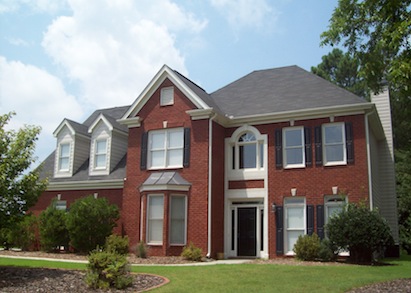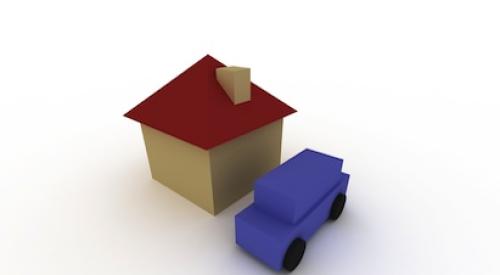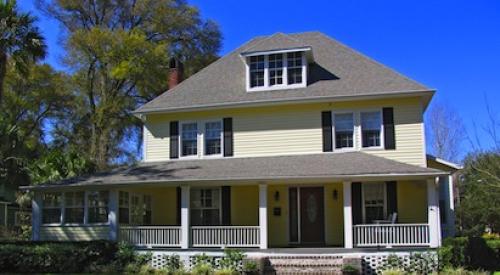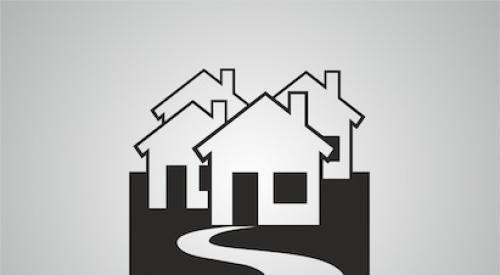The days of "build it and they will come" are gone, writes Mollie Carmichael, principal with John Burns Real Estate Consulting. Carmichael says smart builders have a well-defined process for assuring success. Here are her 7 steps to designing for profit.
- Assess submarket health. Should you even build here? Is the economy healthy and are consumers confident?
- Identify demographic shifts. Who lives here, and is household composition changing? What is the qualified buyer profile in each price range?
- Understand buyer choices. What is available in the resale and new home markets? How can builders and developers set themselves apart?
- Make friends. Spend time with recent and potential home buyers. Understand what they want, how they function, and what they value most. What do they wish they could find in the housing market? Home design has not evolved as much as other products over the last several decades, despite huge changes in how people live their lives today. There is tremendous opportunity for home design innovation. Many of these preferences are included in our national consumer preferences study where almost 10,000 consumers responded across the country. Contact me to learn more about how you can participate in our upcoming second survey.
- Study the competition. The best strategy in any market includes strategically positioning both your aesthetic design and financial design. For the home builder, objectively assessing your own strengths and weaknesses versus your competitors can make a huge difference. You don't want to build a "value" product across the street from a better value builder, and you don't want to build a luxury product across the street from a better luxury builder. For the community developer, understanding both the aesthetic performance and financial performance for different product segments, and choosing the right builder for each product line, can add millions to your own financial performance.
- Design for both financial and aesthetic performance. This step rarely gets enough attention in home building and community planning. All designs do not equate to the same profit. In addition, good design does not always cost more. The right density and home design varies by location based on the consumer's acceptance, opportunity, and willingness to pay for the choices available to them. I have spent most of my career determining the optimal product to capture local consumer demand while maximizing profits, so I understand the many challenges involved.
- Recognize that success involves both art and a science. The most sophisticated builders and community developers apply both in their quest to design for profit. This starts with first financially testing the conceptual solutions (i.e., because there is never only one solution) and follow up testing with consumers. Do not miss this step in order to save time. You will lose far more time (and profit) in the long run with slower sales absorption. All of this is done before spending millions of dollars on horizontal and vertical construction.
For more, see Carmichael's full post on the subject.
PB Topical Ref













